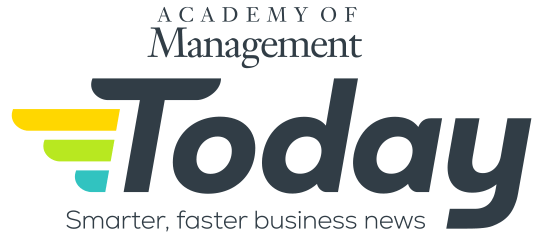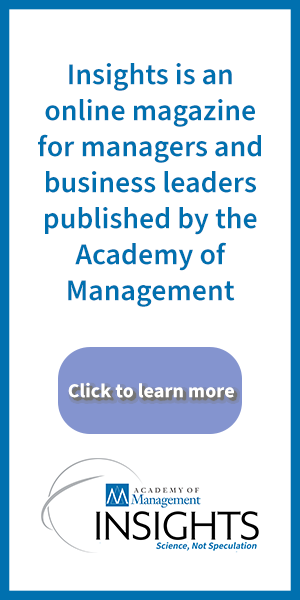Published on: May 8, 2025 at 6:37 pm
Even though many companies require employees to be in the office two, three, or even five days a week, communication methods among coworkers haven’t gone back to the ways they were pre-pandemic … but that isn’t necessarily a negative.
Academy of Management Scholar Jessica Methot of Rutgers University and the University of Exeter said that employees’ communication styles don’t have to go back to how they were five or 10 years ago to be effective.
“A lot of the more agile organizations and agile employees were able to essentially develop better, more efficient ways of working that they didn’t really know existed or that they didn’t have access to previously,” Methot said.
“They don’t have to come back to the office and talk to each other in person at the end of every day—maybe weekly, or maybe just monthly—and they can continue to communicate over Slack, Zoom, or Teams, where they felt more comfortable and it was more efficient for them to communicate more openly,” she said.
The first step is understanding the changes with professional communication. Ask whether technology-mediated communication can enable sustainable success over the long term.
“If we can be successful by communicating via various channels, not just face-to-face , maybe we react to that in a way that is a little more flexible, but being very strategic and thoughtful,” Methot said. “It does take an all-hands-on-deck attitude—let’s understand what we’re doing and why we’re doing this.”
Leaders and managers who fail to listen to and take into account employees’ preferences for communication, which ties in to where and how they prefer to work, are likely to hurt morale and encounter resistance. Insisting on being in the office five days a week and always conducting face-to-face meetings, just like before the pandemic, isn’t likely to be popular or help with retention.
“I do think the pushback comes when senior leaders are saying, ‘We don’t care if what you were doing was working; we’re all going to come back into the office five days a week anyway,” Methot said.
“The goal would be to take stock of all of the mechanisms and processes that we might have developed during that time that could be really successful, taking those into account and seeing how we might be able to integrate those into our work ecosystem in a way that helps support some of the new practices that we might develop,” she said.
A sample of Methot’s AOM research findings:












